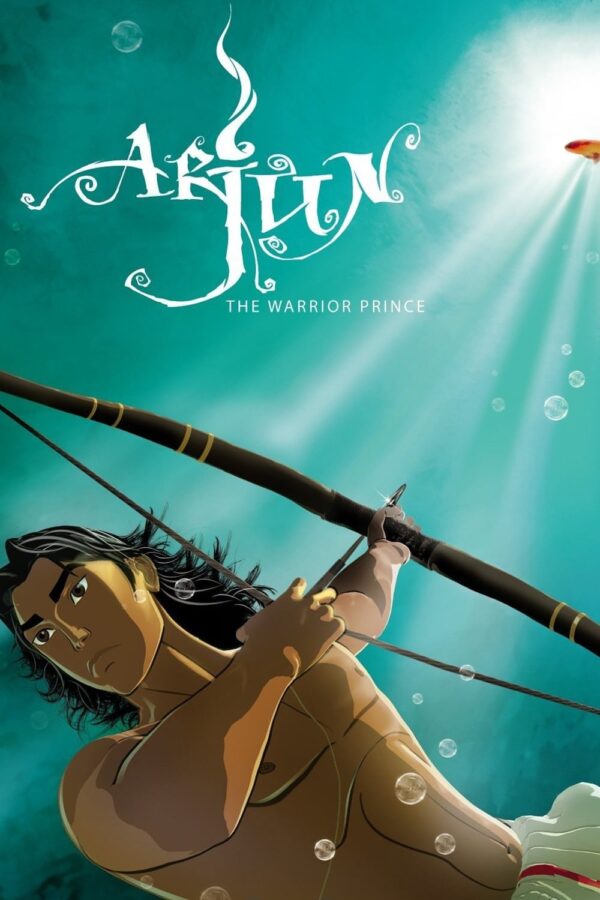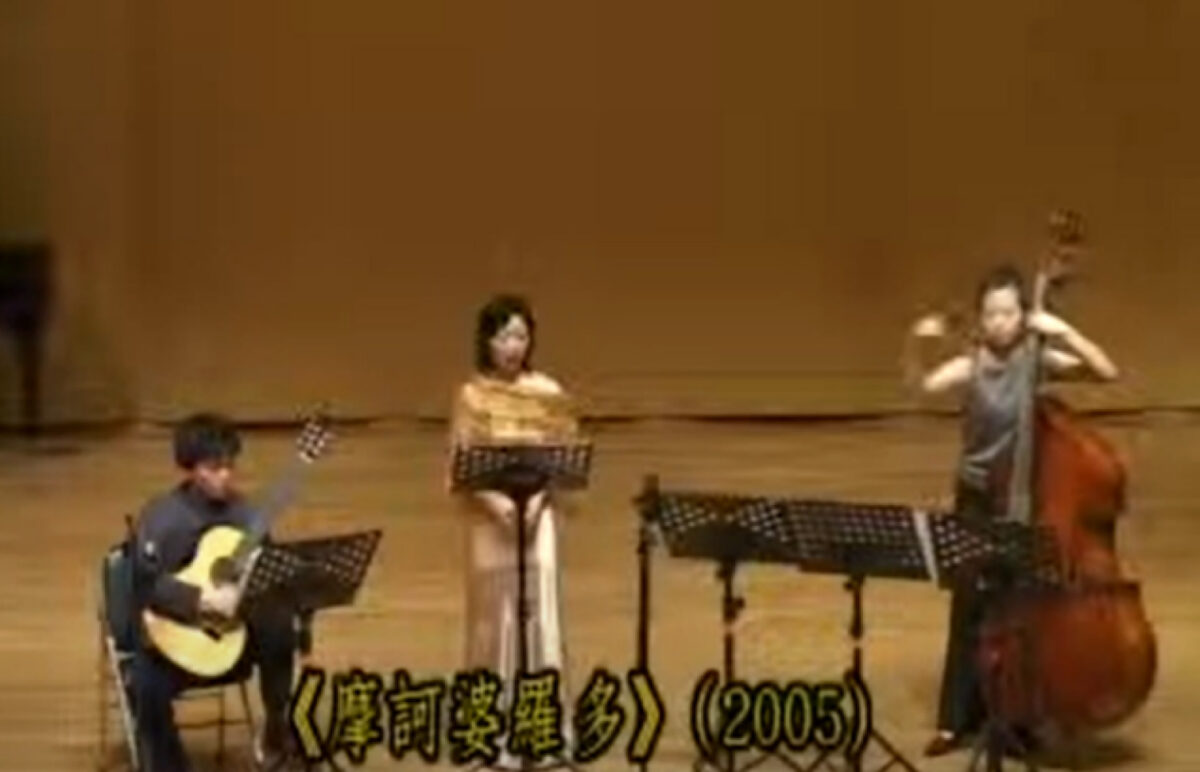Mahabharata is regarded as the greatest Indian epic poem, with complex storylines and countless mythological characters. The deep cultural meanings within have not only influenced the belief, values and daily lives of Indians, but also inspired artists from ancient to modern times and from all over the world to create works in different forms – drawing from the Epic’s characters and plot, and presenting the spirit of this classic through the media of music, drama, dance, and visual arts. Here are some of the more notable examples:-
Statue
Patung Arjuna Wijaya
Located in the heart of Jakarta, the capital city of Indonesia, the statue of Patung Arjuna Wijaya showcases the two central heroic characters, Lord Krishna and Arjuna of Mahabharata, and a four-wheeled chariot led by eleven war horses.
Photo Credit:Gunawan Kartapranata / CC BY-SA 3.0
Stage Play
The Mahabharata
Peter Brook’s theatrical adaptation of the Mahabharata marks the first time that this Indian Epic is presented as a full-length stage play in the West. It explores the non-Western world of traditional mythology through theatre, with the entire performance running close to nine hours. The work adopts a minimalist stage design, utilises the surroundings of outdoor venues like sand and rivers, and uses the simplest objects, such as sticks, to construct different scenes. Brook also invited actors of different nationalities to participate in the performance, thereby creating a cross-cultural theatre production. In 1989, the team released a film rendition of the performance with a runtime of 318 minutes.
*Still photo of the film Mahabharata (1989)

Animation
Arjun: The Warrior Prince
Walt Disney Pictures and UTV Motion Pictures of India produced the animated film Arjun: The Warrior Prince, which is based on Prince Arjun’s coming of age story. The animation retells the journey of how Arjun as a nine-year old boy, having experienced family struggles and thirteen years of exile, grows up to become a warrior and returns to his homeland to take revenge. The entire film is in Hindi, with a mix of 2D and 3D graphics, making it a refreshing viewing experience for audiences accustomed to Disney productions. The movie was released in India in 2012.
© 2012 Walt Disney Pictures & UTV Motion Pictures

Painting
Mahabharata
Art for All Society Macau organized the “Urban Identity- New immigrants Artists Exhibitions” in 2020. Chinese born painter Leong Chi Mou’s solo exhibition Unreturned Wanderer was among the exhibitions in the series. His work was inspired by the Mahabharata, and combines elements of mountain, fire, aurora, heaven, earth and so on to present the grand cosmology of the Mahabharata which embraces all life – a universe that also acts as salvation for artists feeling down as they try to integrate into life in Macau.
Photo credit: Leong, Chi-Mou, Macau

Song
Mahabharata
Taiwanese composer Ssu-Yu Huang once wrote a song inspired by and named after the Mahabharata. It defied convention by mixing the sounds of Western instruments and the story of the Indian epic. The song features the melody of a soprano chanting the words of “Mahabharata“, accompanied by double bass and classical guitar, and embellished with percussion effects such as clapping and clapping instruments. The intertwine and layering of multiple elements takes the audience into the epic world of the Mahabharata. The song debuted at the Kaohsiung City Music Hall on 30 August, 2005.
Photo Credit: Ssu-Yu Huang
Dance
Until The Lions
Poet and choreographer Karthika Naïr was inspired by the Mahabharata’s forgotten heroes in writing the poem “Until the Lions: Echoes from the Mahabharata”. The Arkham Khan dance group adapted a passage on Princess Amba into a dance performance.
The piece combines elements of modern dance and Kathak dance to portray Princess Amba’s transformation from innocence, to grief and longing following her abduction by Bheeshma, to a male warrior through self-immolation, and finally a display of both strength and gentleness in her battle with Bheeshma. The performance first debuted in Asia in the 2016 New Vision Arts Festival in Hong Kong.
Photo credit: Jean-Louis Fernandez
Stage Play
Mahabharata~ Nalacharitam~
The play is adapted by Japanese stage director Satoshi Miyagi from the love story of King Nala and Damayanti in the Mahabharata. Satoshi Miyagi specializes in incorporating Asian theater techniques and stage styles with classic texts. The stage design of “Mahabharata – The Adventure of King Nala” pays homage to the Heian period of Japan with its pure white palette, kimono-based costumes, and a mixture of Noh and Kabuki styles, all of which represent unique cultural symbols. Satoshi Miyagi also arranged for two actors to share a single role and its dialogue in an attempt to portray the simultaneously human and God-like characters of the Mahabharata. “Mahabharata – The Adventure of King Nala” was invited to be performed at the Avignon Festival in France in 2014.
©MASAMI HIOKI




